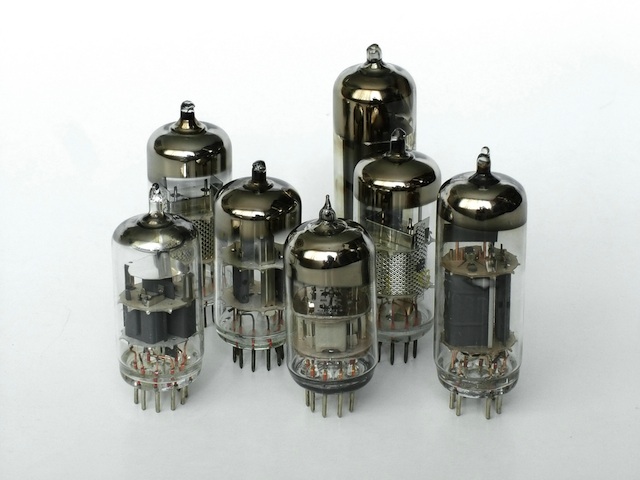In 1931, the New York Times celebrated its 80th anniversary and invited some of the era’s greatest minds to speculate on what the world would like in the next 80 years.
80 years on, Business Insider looked at those predictions and few interesting things stood out that show us how, even when we are right, things don’t turn out the way we expect.
Sir Arthur Keith – a doctor, scientist and prodigious writer who was one of the pioneers in popularising science – correctly forecast that medicine would become increasing specialised, predicting “I tremble when I think what its (The New York Times’) readers will find on their doorsteps every Sunday morning.”
Those very advances have contributed to the slimming down of the New York Times and the that many readers don’t collect it from their doorstep each morning, threatening the very future of the organisation.
William Ogburn was the prominent sociologist of the day, and predicted “Humanity’s most versatile servant will be the electron tube” and that “labor displacement will proceed even to automatic factories.” All of which was true.
The “electron tube” – or vacuum tube – is an interesting allusion to the prevailing technology of the day. Vacuum tubes were changing the world with the first wave of electronics and digitalisation.
Morse Code’s system of dots and dashes could be replaced with Zeros and Ones that allowed the technologies to be applied to radio sets, machinery and telephones.
The real benefits of these technologies had to wait until the vacuum tube was replaced with the transistor in the 1970s. Transistors were even more portable and as integrated circuit and manufacturing processes evolve, we saw “Moore’s Law” develop where computer power doubles every eighteen months.
Both William Obburn and Sir Arthur Keith were proved right, but not quite in the way anyone could have foreseen at the time.
Which shows how fraught predictions are; even if we are correct how things turn out might not be quite what we expect. It’s worthwhile considering this when we look at how trends and innovations may affect our businesses.
The Business Insider article on the original predictions is worth reading, along with its sister article on how the world will look in 2050.

Leave a Reply